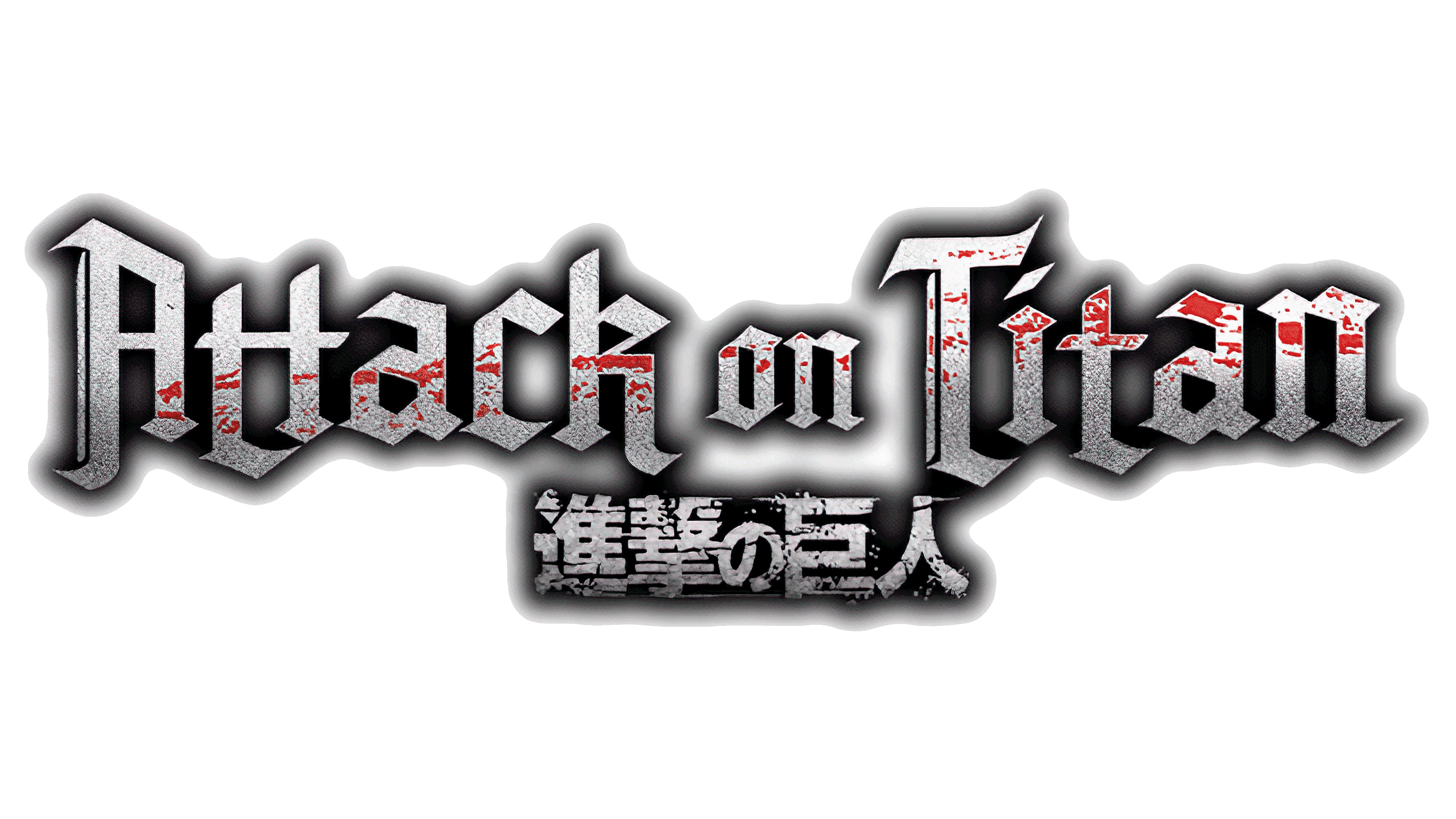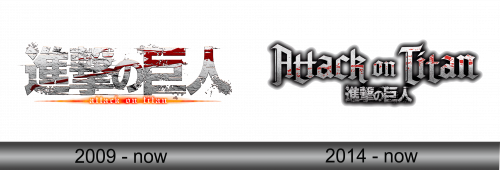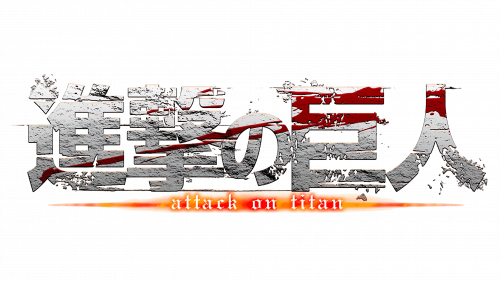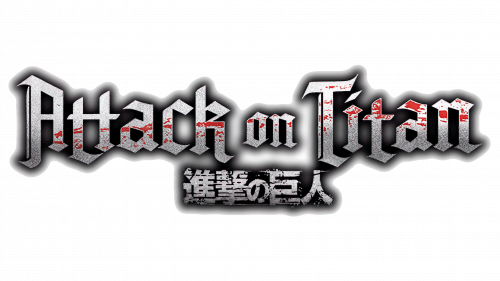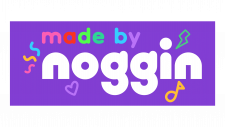Attack on Titan Logo
“Attack on Titan” is a riveting Japanese manga series penned by Hajime Isayama. Set in a world where humanity is on the brink of extinction due to gigantic humanoid creatures known as Titans, the remnants of civilization reside within massive walled cities. The narrative primarily follows Eren Yeager, Mikasa Ackerman, and Armin Arlert, three friends determined to fight against these monsters after their hometown is destroyed. As they delve deeper into the conflict, they uncover dark secrets about the Titans, humanity, and their walled society. A blend of action, mystery, and human drama, the series tackles themes of freedom, sacrifice, and the gray nature of morality.
Meaning and history
“Attack on Titan” (Shingeki no Kyojin) is a Japanese manga series created by Hajime Isayama, first serialized in 2009. It presents a dark, post-apocalyptic world where humanity is threatened by enormous humanoid creatures called Titans. Survivors live within massive walled cities to protect themselves.
The story follows Eren Yeager, his adoptive sister Mikasa Ackerman, and their friend Armin Arlert. Their lives change dramatically when the Colossal Titan breaches Wall Maria, leading to the destruction of their hometown and the death of Eren’s mother. Vowing revenge, Eren and his friends join the military to combat Titans.
As the series progresses, they face various challenges, both from the Titans and within human society. Revelations emerge about the origin of the Titans, their connection to the Yeager family, and the hidden truths their government conceals. Eren discovers he can transform into a Titan and has the power to “control” other Titans, making him both an asset and a target.
The trio later learns about Marley, a nation outside their walls, which regards their people, the Eldians, as dangerous due to their ability to transform into Titans. The story delves into historical grudges, politics, and the cycle of revenge between Marley and Eldia.
As truths unravel, alliances shift. The fight for freedom becomes complex as characters confront moral dilemmas, challenge their beliefs, and decide what sacrifices are worth making for the greater good.
The manga concluded in 2021, with its narrative spanning intricate plot twists, character developments, and in-depth exploration of themes like freedom, oppression, and the nature of humanity. It was adapted into a critically acclaimed anime series, further cementing its legacy in modern manga and anime culture.
2009 – Today
The core of the emblem hinged on the manga’s title. Initially, it showcased traditional Japanese characters, evoking the imagery of a crumbled stone barrier, akin to fragments of a once-majestic citadel drifting away. Various hues of gray dominated: from charcoal to metallic, interspersed with subtle lavender touches scattered around and linear patterns traversing the entire ensemble. Beneath these symbols, the manga’s English name was subtly placed. Crafted in an antique English font in lowercase, the title gleamed white against a vibrant ribbon-like backdrop, with shades transitioning from crimson to amber, its extremities tapering off.
2014 – Today
In 2014, the emblem underwent an English-style transformation, complete with translated lettering. While the overall aura retained its gray-toned essence with hints of lavender, subtle modifications were evident. The vibrantly hued red-yellow streak that once rested below was eliminated. All features now boasted a smoother texture, enhanced with deep, soft-shadow effects and more defined endpoints. The manga’s title now graces the logo in a timeless Old English typeface, characterized by its towering, stretched letters and dramatic flares, a modern nod to classic serifs. Nestled beneath this primary text, the Japanese inscriptions, now more subdued and miniature, make their appearance.
